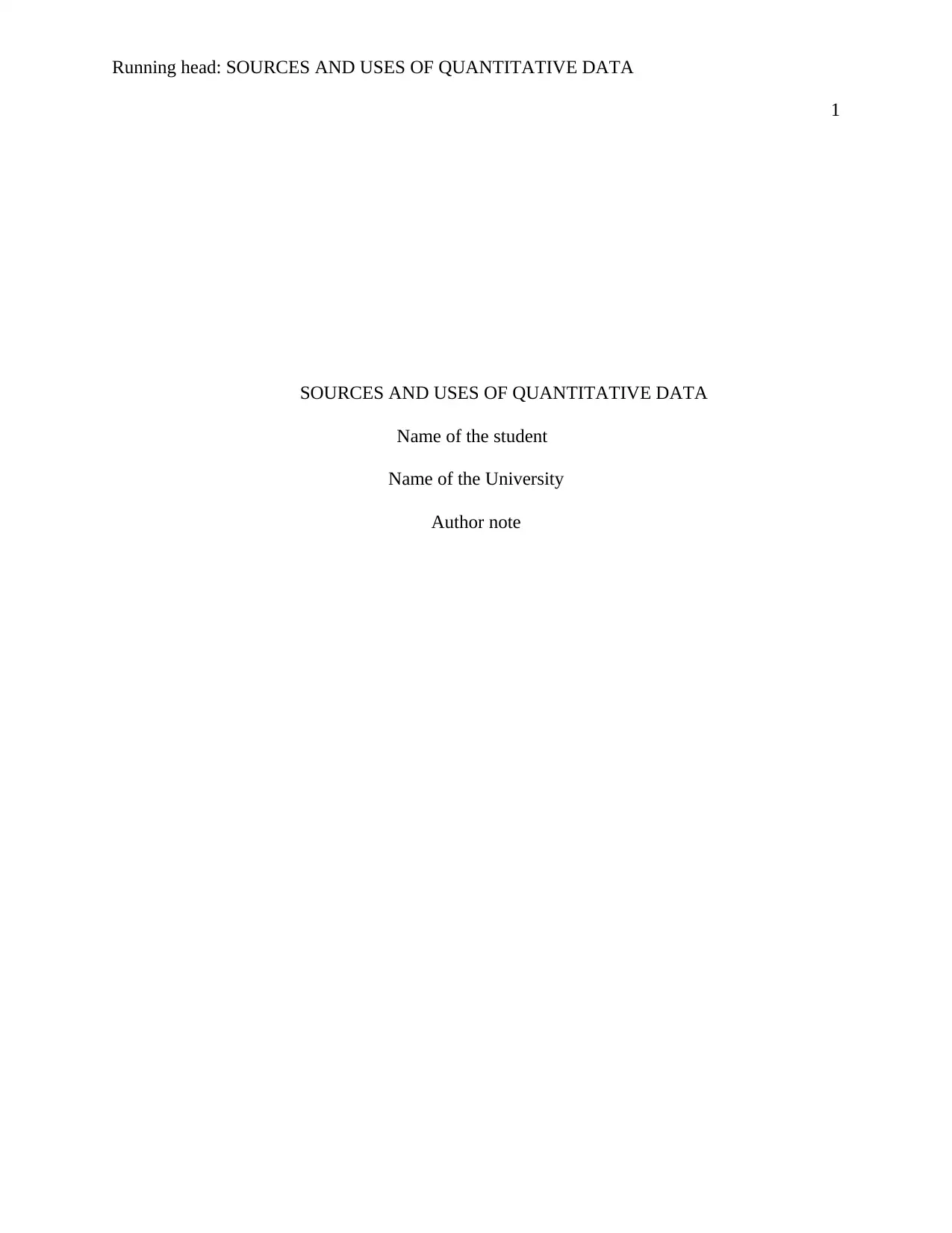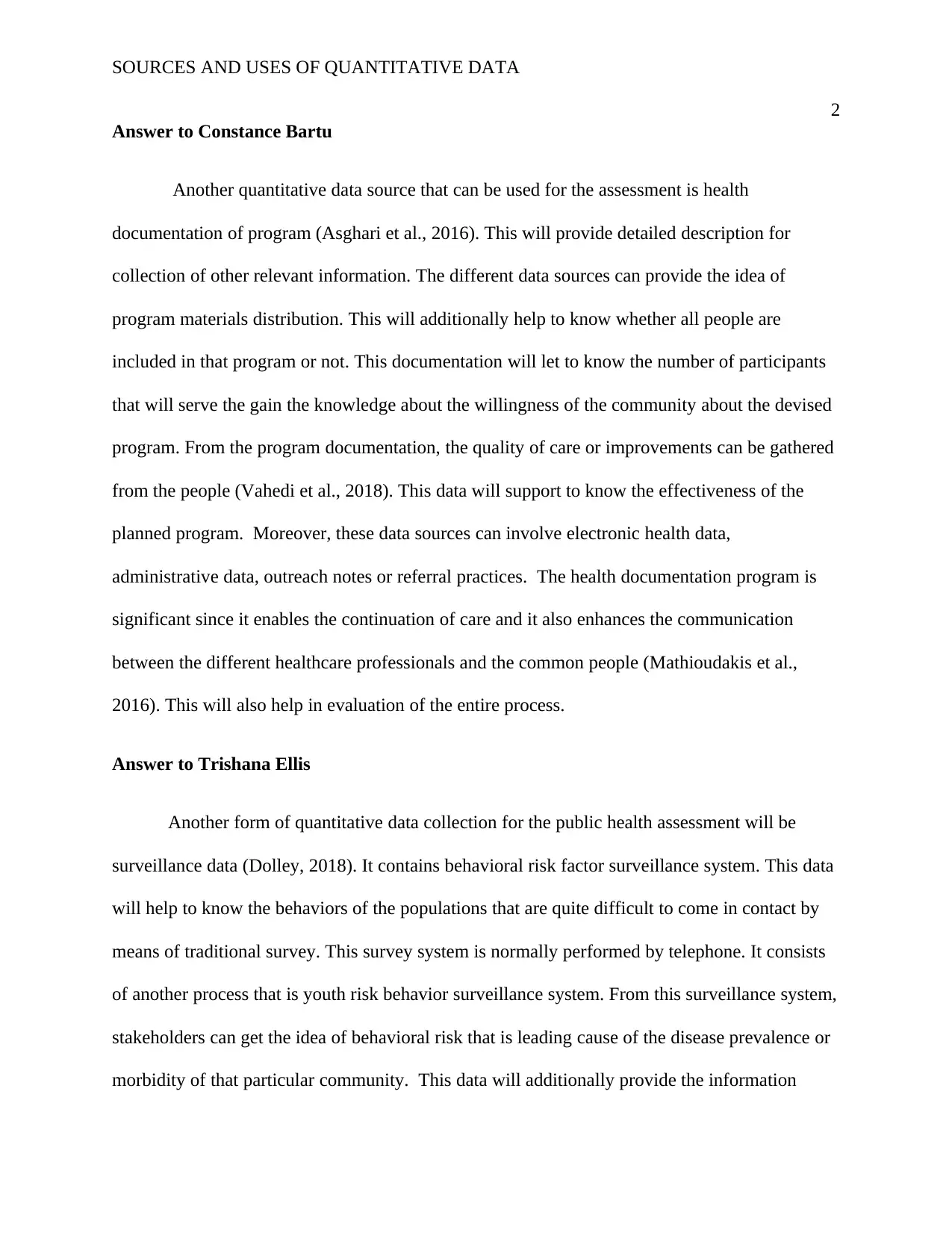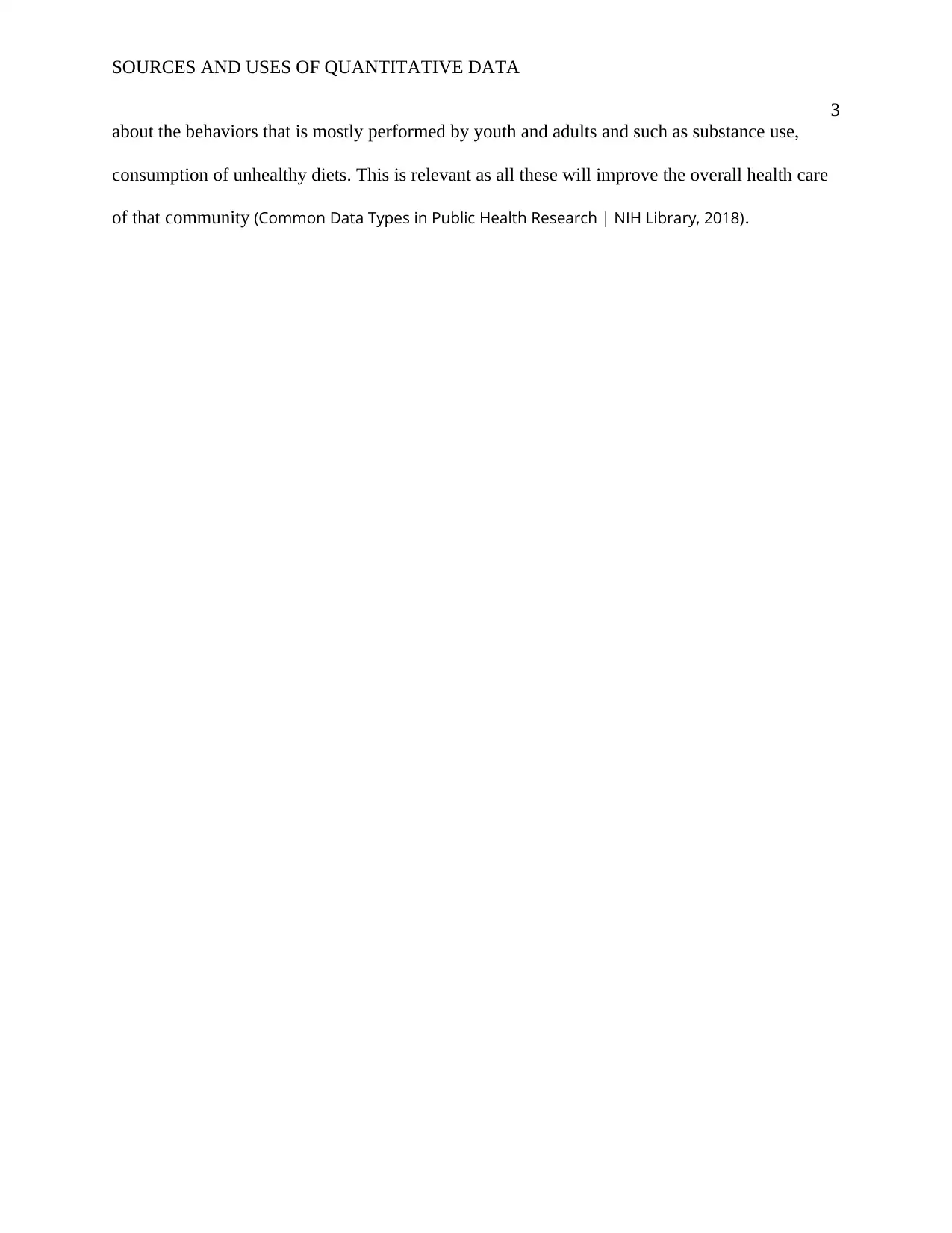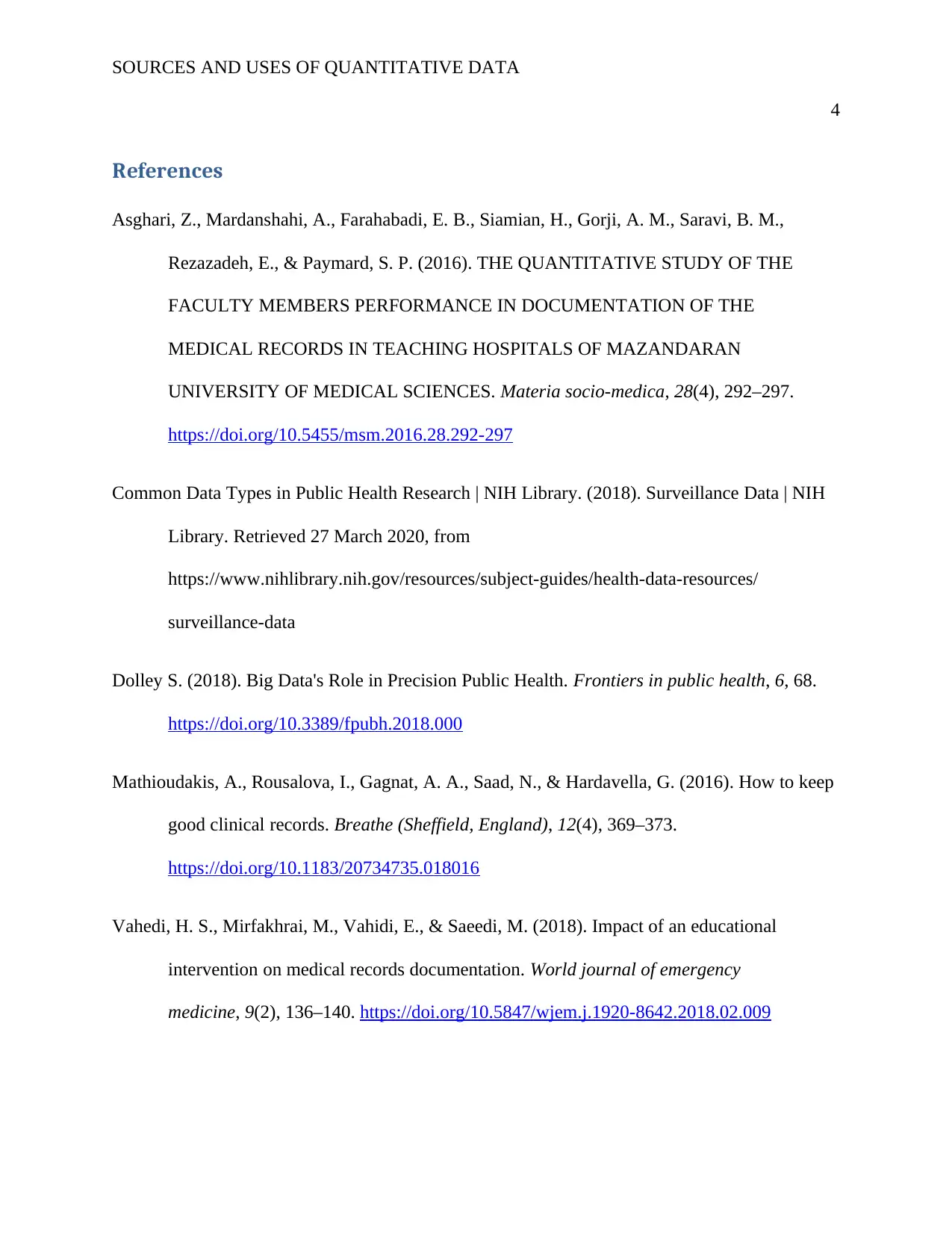Evaluating Quantitative Data Sources for a Community Health Profile
VerifiedAdded on 2022/08/23
|4
|641
|57
Discussion Board Post
AI Summary
This discussion post focuses on identifying and utilizing quantitative data sources for community health profiles, addressing a scenario where an organization aims to provide free or reduced-cost inoculations and needs to assess the prevalence of infectious diseases. The assignment emphasizes the importance of assembling existing data, including national and international data, to demonstrate the specific needs of a local area. The author discusses the use of health documentation of program, which can provide detailed descriptions for the collection of other relevant information, program materials distribution, and the number of participants. Surveillance data is also highlighted as a form of quantitative data collection that contains behavioral risk factor surveillance system, which can help to know the behaviors of the populations that are quite difficult to come in contact by means of traditional survey. The author also references relevant studies and data sources, emphasizing the importance of these data sources in evaluating program effectiveness and enhancing communication between healthcare professionals and the community. The author also discusses the use of surveillance data, which can help to know the behaviors of the populations and the behavioral risks that is leading cause of the disease prevalence or morbidity of that particular community.
1 out of 4











![[object Object]](/_next/static/media/star-bottom.7253800d.svg)